Pets for Vets
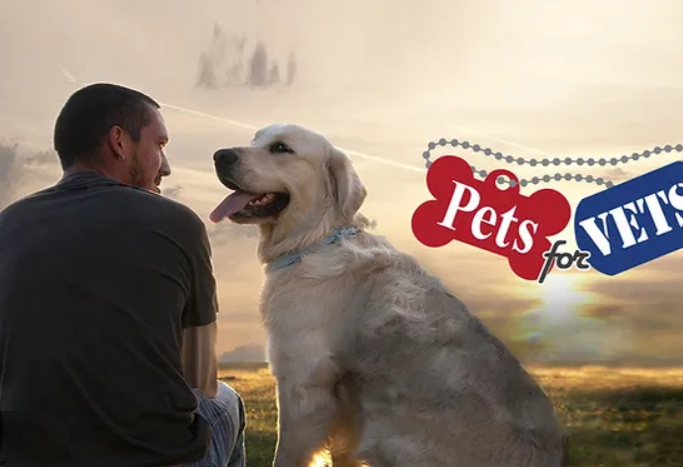
In a world fraught with challenges, healing often comes from the unlikeliest of places. For many veterans struggling with the invisible scars of war, finding solace and companionship can be an arduous journey. However, amidst the turbulence, there shines a candle of hope: Pets for Vets. This non-profit organization, founded on the belief in the healing power of the human-animal bond, has been transforming lives, one veteran and one pet at a time. Let’s delve into the profound impact of Pets for Vets, exploring its origins, mission, methodology, and the heartwarming stories of those it has touched. (more…)
Unleashing Success: Benefits of In Home Dog Training
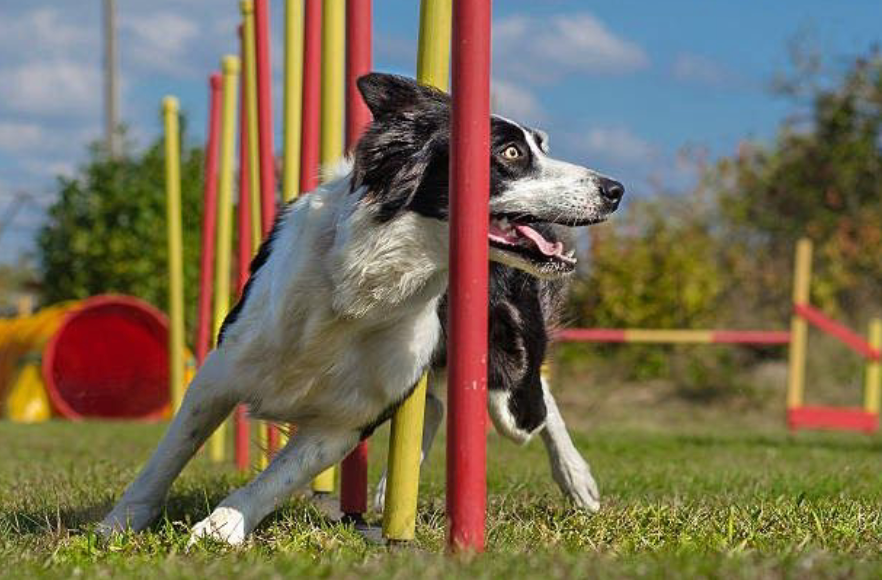
Welcoming a new puppy or young dog into your home is an exciting and joyous occasion. However, along with the excitement comes the responsibility of training and shaping their behavior. While many dog parents consider enrolling their furry companions in obedience classes, in-home dog training offers a personalized and effective alternative. In this article, we’ll delve into the myriad benefits of hiring in-home dog training services for new puppies or young dogs, and how this tailored approach can set both you and your canine companion up for success. (more…)
Understanding is the key to good relationships with our pets
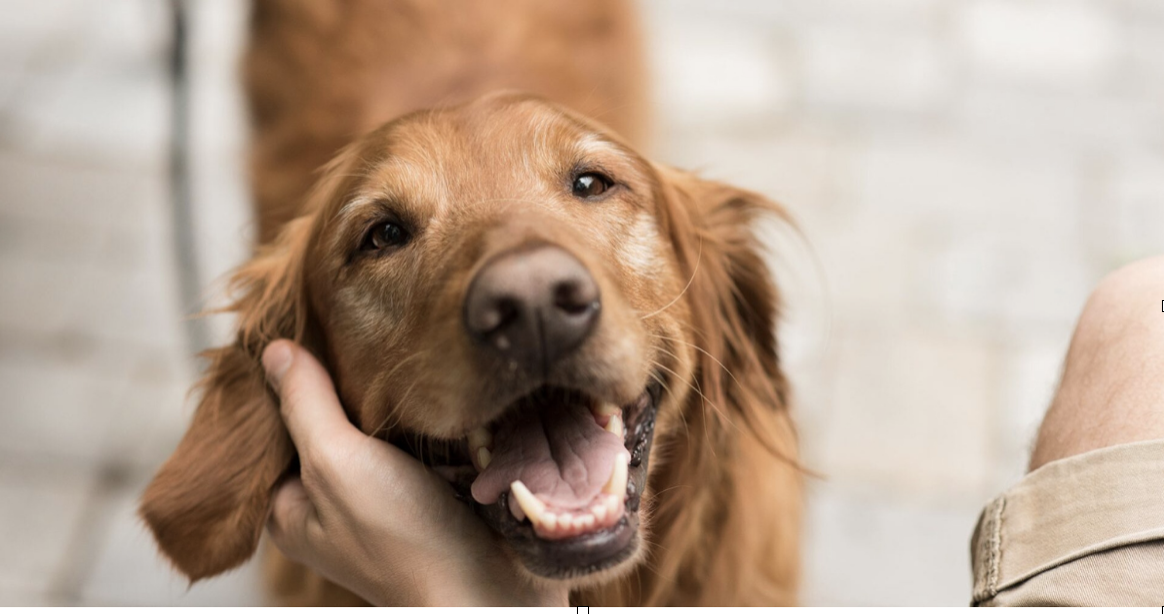
by Suzanne Fuqua, CBCC-KA, CPDT-KA.
We love our pets, there’s no question about that. And love includes feelings of affection and attachment, care, closeness, and trust.
How can we show love to our pets beyond the basics of appropriate care? By understanding them and being patient when we don’t understand them. Canine emotion and cognition are being studied more and more and provide us with a peek into the secrets of how dogs think about the world and us. Then there are those mysterious felines that are beginning to be studied and are revealing more about what might be going on inside their heads. (more…)
Fear of Car Rides in Dogs and How You Can Help
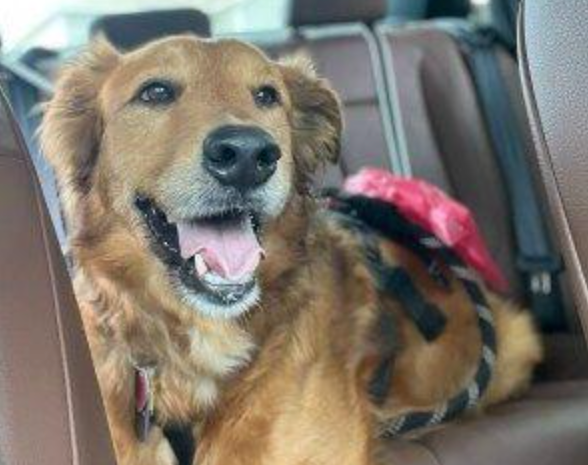
by Andrea Marx CPDT-KA, CBCC-KA, CDBC, FFCP
Many puppies and dogs are afraid of car rides. Often this resolves by itself by taking the puppy to fun places in the car. But sometimes a more linear approach to treating car phobias is needed because the fear doesn’t go away or even gets worse over time.
Fun fact: If your puppy’s breeder took the time to desensitize the litter to the car and take them to a few places or just had them experience some fun car rides before they were 6 weeks old, car phobias are much less likely to happen.
But here you are now with your scared puppy that doesn’t want anything to do with car rides.
If your puppy is already scrambling to get away from the car, change his emotions by playing near the car in a safe place of course. Games that work well are chasing treats around the car, doing hand targets (touch) around the car, playing tug of war, chasing you, or chasing a flirt pole.
It depends on your dog how often you will have to do this to change his emotion from being afraid of going towards the car to being happily excited. You are looking for happy butt wiggles before proceeding to the next step. This can take a few days or even weeks, it all depends on your dog. Changing emotions is not a race, slow and steady!
Your pup is now happily approaching the car, the next step is to open a car door, play, chase, eat treats, and all that fun stuff now happens once the car door is open. Again, look for happy butt wiggles to make sure you are on your way to changing your dog’s fear response.
What’s next?
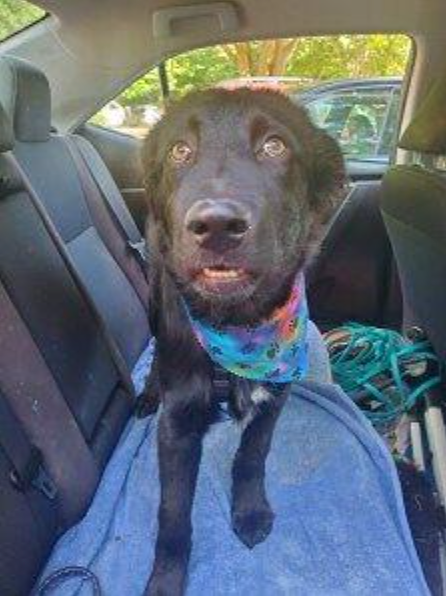
Playing, eating, and training in the car. You can start with two paws up on the car frame, or nose touching close to the car. Feeding meals in the car, playing tug of war, etc. Jumping up in the car or using a ramp or stool to hop in the car for treats or toys.
Your pup should be happily getting in the car now. So, you can feed meals in the car, possibly with the engine turned on but not driving yet.
Before you start driving, your pup should be taught to lay calmly in the car in his safe and designated area, this can be a crate, attached to a seat belt or a doggy car seat.
Perfect your puppy can lay in the car in his spot for at least 5 to 10 minutes? Now it’s time to start driving, but you will only drive a few feet in your driveway. Back and forth, no longer than your pup can be calm. Increase the time of you driving slowly until you can drive to a close by park or another fun thing to do for your pup.
Yes, this seems like a long endeavor, but it will be worth it because you will be able to take your dog anywhere soon.
Extra challenges?
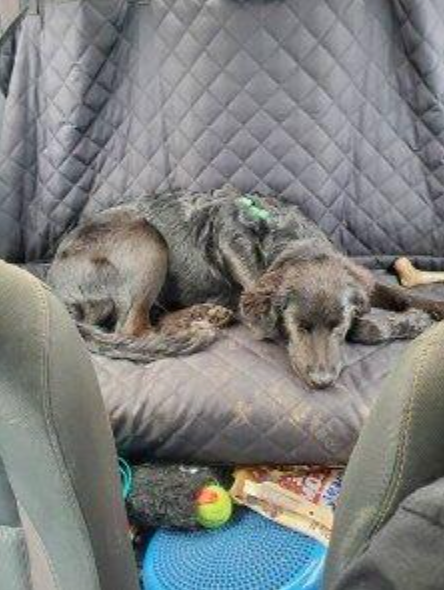
Your dog gets sick in the car? There are a few things you can try. Medication for motion sickness from your vet, covering the crate, training your dog to wear a thunder cap in the car can help decrease anxiety and motion sickness, anxiety medication from your vet in case you have to take your dog on a car ride that he is not ready for.
About the Author
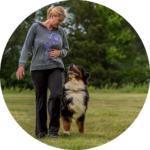 My specialty is problem behaviors like aggression, anxiety, and shyness. For the last ten years, I have educated myself on treating behavior problems safely and kindly. Lasting behavior change takes time, patience, and working together as a team.
My specialty is problem behaviors like aggression, anxiety, and shyness. For the last ten years, I have educated myself on treating behavior problems safely and kindly. Lasting behavior change takes time, patience, and working together as a team.
If you need treatment plans for behavior issues like separation anxiety, aggressive behaviors, or any other behavior modification and are committed to your dog’s well being please make an appointment with me.
Dumb Dogs Don’t Have Problems
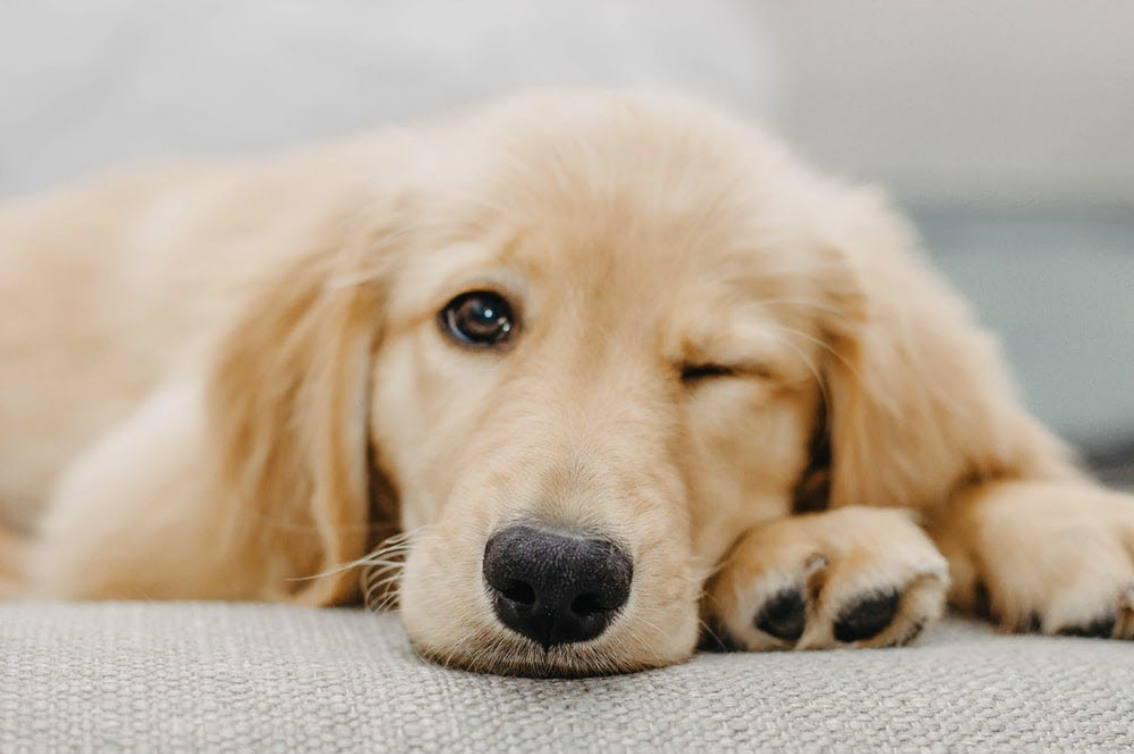
by Molly Krutkramelis, Certified Professional Dog Trainer (CPDT-KA)
You read that right; dumb dogs don’t have problems.
A majority of behaviors that owners get frustrated with are a result of having a smart dog. Dogs are always learning, and highly intelligent dogs can quickly learn behaviors that we might not have intended.
Let’s begin with a story of a scared little puppy. One day you notice that every time you turn on a water faucet your 12-week-old puppy is running, shaking and hiding under the bed. What happened? This behavior seems to have come out of nowhere. Why is my puppy so scared? What you didn’t see is that one night while doing dishes you dropped a pan making a very loud bang. Your puppy was close to you and made the association that running water makes scary loud noises happen.
Why did this association happen? Understanding what occurred involves some understanding of Classical Conditioning. Classical conditioning involves creating a conditioned response to a conditioned stimulus. This is done in a few steps:
Step 1: An Unconditioned Stimulus (UCS) results in an Unconditioned Response (UCR).
Step 2: Conditioned Stimulus (CS) is paired with the Unconditioned Stimulus (UCS) resulting in an Unconditioned Response (UCR).
Step 3: Conditioned Stimulus (CS) results in Unconditioned Response (UR) which is now considered a Conditioned Response (CR).
The father of Classical Conditioning is Ivan Pavlov. Many people are familiar with Pavlov’s dogs. Pavlov conditioned dogs to salivate on cue. The stimulus of the ringing bell (CS) was paired with food (UCS) which resulted in the dogs salivating (UCR). After many repetitions the dogs are conditioned to salivate at the sound of the bell. The higher a dog’s intelligence, the fewer repetitions are needed to form this conditioned response.
Step 1: UCS Food = UCR Salivation
Step 2: UCS Food + CS Bell = UCR Salivation
Step 3: CS Bell = CR Salivation
Let’s take a look at the story above and how we can apply classical conditioning. The water is initially a neutral stimulus and the bang from the pan is an unconditioned stimulus that results in fear, an unconditioned response. Your 12-week-old puppy is very smart because it only took one repetition for him to learn that running water is scary. A less intelligent dog would take many, many repetitions to make this unfortunate conditioned response. Dumb dog’s don’t have problems because they take more repetitions to make these associations.
Step 1: UCS Loud Noise = UCR Shaking and Fear
Step 2: UCS Loud Noise + CS Running Water = UCR Shaking and Fear
Step 3: CS Running Water = CR Fear
The puppy in our story is very smart because he learned that water running is scary after only one exposure. If the story of this puppy sounds familiar to you, take comfort in knowing that you have a very smart pup on your hands. The bad news is, you have a very smart pup who makes very quick associations. Now what? Rest assured that if caught early, you can “re-train” your pup to no longer be scared of the running water, or any other surprise behaviors that might creep up that are undesired.
When you live with an animal you are always teaching something on purpose or by accident. Your dog will repeat behaviors that are reinforced. Make sure, especially with young pups, that they are learning the behaviors you desire. If a problem behavior comes up, think about what has happened recently and if your dog might have made an unintended association. Hiring a professional dog trainer or behaviorist can help you find those associations and work on training new associations that result in more desired behaviors.
At the end of the day, take comfort in knowing dumb dogs don’t have problems. Those problem behaviors you are seeing are because you have a highly intelligent pup and with some work and awareness your pup can learn all the best behaviors too!
About the Author

Molly Krutkramelis is the owner of Optimal Training. Molly has an extensive background in mental health counseling and behavior modification techniques. She specializes in creating programs that are achievable and successful. Molly started training dogs in her teen years, following in the footsteps of her mother Sandy Myers who is a certified dog behavior consultant. Over the years, Molly and Sandy started and ran a successful business in Laramie, Wyoming. Now that Molly’s family has relocated to Southern California, she is excited to utilize her 20+ years of knowledge to help all family members live together in harmony.

